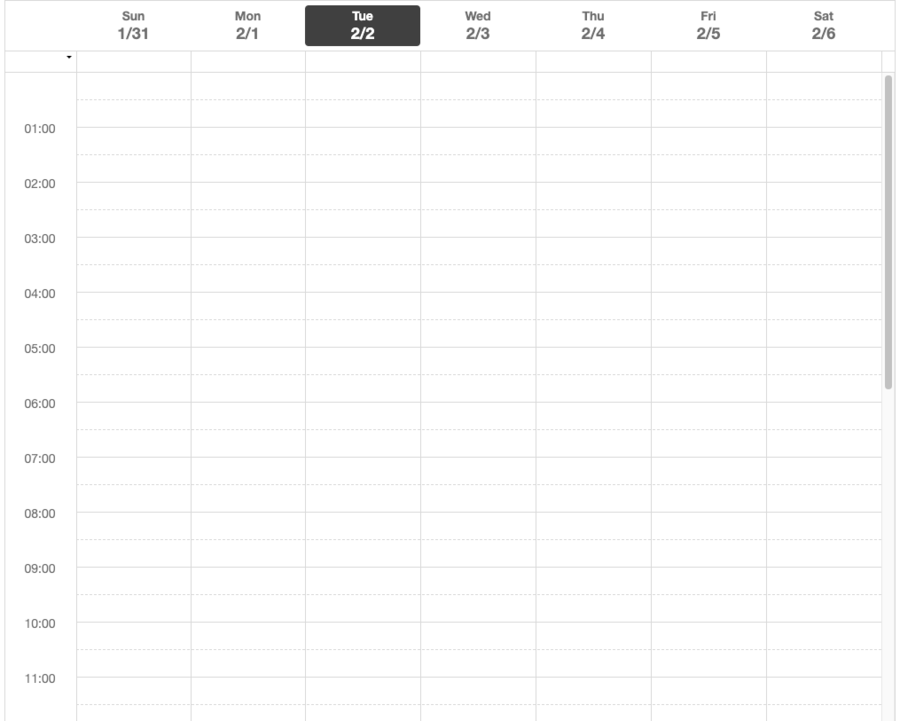Getting Started with ZK Calendar
Here we introduce the required setup for a web application to use ZK Calendar.
License
ZK Calendar is GPL/Commercial dual-licensed.
Setup by Maven
We recommend managing your project with Maven. First, you check the available version in ZK Maven CE repository. Then, you can adopt ZK Calendar easily by simply adding a dependency like the following example. (If you didn't setup zk maven repository yet, you have to setup zk maven repository.)
<dependency>
<groupId>org.zkoss.calendar</groupId>
<artifactId>calendar</artifactId>
<version>${calendar.version}</version>
</dependency>
Manually Installing the ZK Calendar JAR
- Downloaded ZK CE 7.0.3 or above
- Downloaded ZK Calendar Binary
- Extract those 2 zip files, include all JAR files by putting them into your project's
/WEB-INF/lib
Depending on your IDE the steps will differ, however, the most important part is both ZK Calendar and ZK’s JAR files are included in your project's classpath. The easiest way to create a compatible project is to use ZK Studio and then include calendar.jar as a library.
A Very Basic Application
After setup, we can create an index.zul with the content below to verify the setup works or not.
<zk>
<calendars/>
</zk>
This gives you the very first ZK Calendar application. When a server starts, navigate to index.zul and the following page should be displayed.
Congratulations! That is all it takes to embed ZK Calendar within your ZK application.
Example Project
You can find all example codes mentioned in this book at the example project.
The example project is at Github
